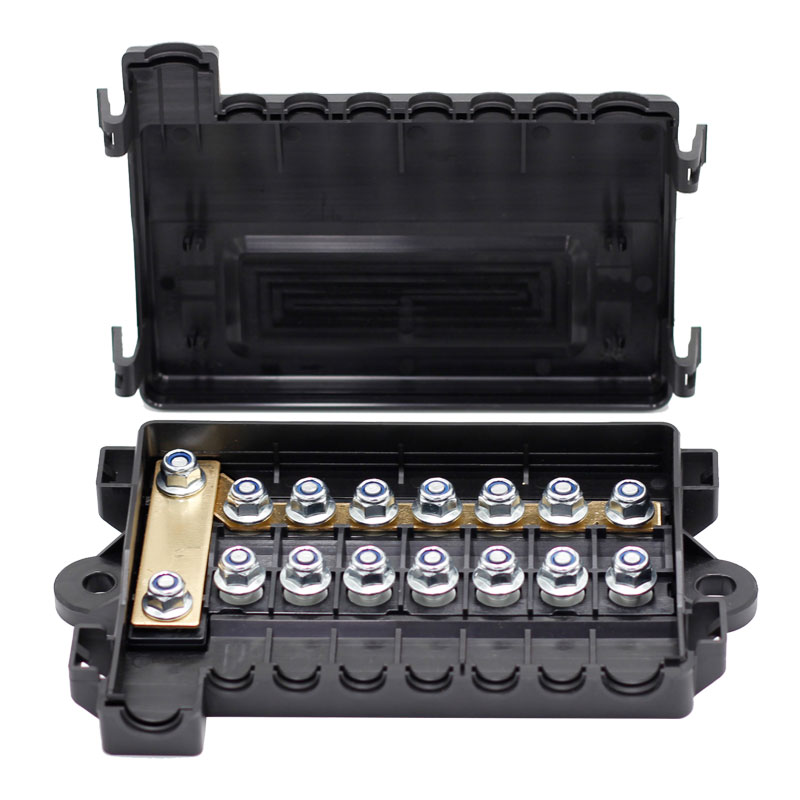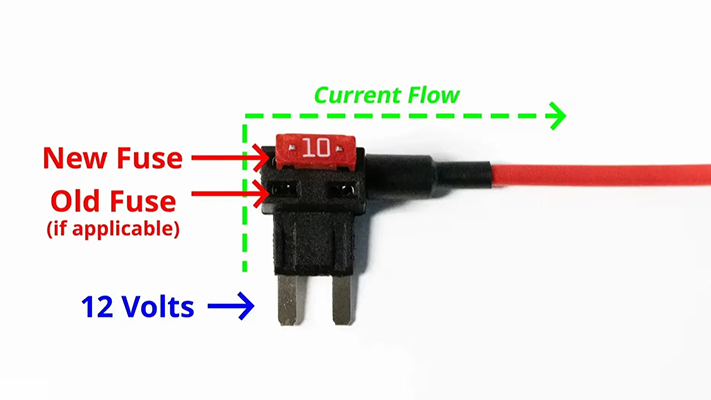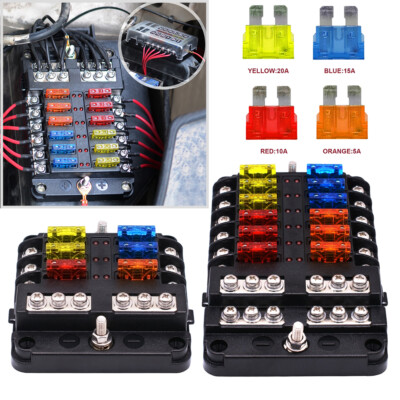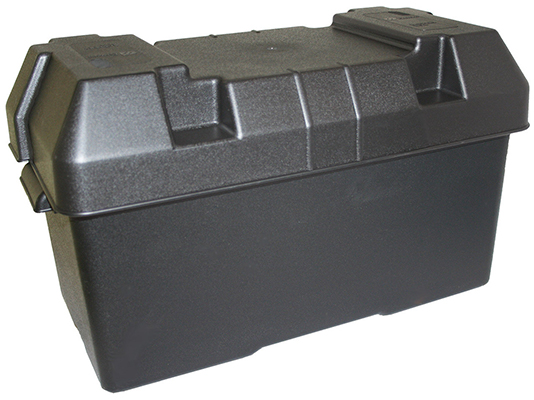Simplified Wiring and Mounting Techniques for Car Fuse Holders in Dash Cam Installations
News 2025-10-20
Car fuse holders are essential components for safely integrating dash cams into vehicle electrical systems. They provide a reliable connection point that protects against overcurrent, ensuring the dash cam operates efficiently without risking damage to the car’s wiring. In modern vehicles, dash cams are increasingly used for security, insurance purposes, and capturing road events. This guide focuses on simple, effective methods for wiring and mounting fuse holders, highlighting their role in enhancing safety and performance during installation.

Components and Performance Benefits
Fuse holders come in various designs, such as blade and mini-fuse types, often made from durable materials like plastic or metal for longevity. Their key advantage lies in low electrical resistance, which minimizes voltage drop and heat buildup, crucial for maintaining dash cam functionality. In automotive applications, these holders offer quick-connect features that reduce installation time, making them ideal for DIY enthusiasts. Performance-wise, they ensure circuit protection, preventing shorts that could affect other vehicle electronics, thus providing a cost-effective solution for reliable power delivery.
Step-by-Step Installation Guide
Begin by selecting a fuse holder that matches your dash cam’s power requirements, typically found in the device’s specifications. Mount the holder in a secure location, such as under the dashboard, using adhesive pads or screws for stability. Connect the positive wire from the dash cam to the fuse holder’s input, then link it to a switched power source like the ignition circuit for automatic on/off with the vehicle. Secure all connections with heat-shrink tubing to guard against vibration and moisture, ensuring a clean, professional finish that enhances the setup’s durability and safety.
Common Questions and Answers
1. What fuse rating should I use for a dash cam?
Choose a fuse rating slightly higher than the dash cam’s maximum draw, such as 5 or 10 amps, to prevent nuisance blowing while maintaining protection.
2. How do I test the fuse holder installation?
After wiring, use a multimeter to check for continuity and proper voltage at the dash cam connection, ensuring no shorts or open circuits exist.
3. Are fuse holders compatible with all vehicles?
Most standard fuse holders fit common car fuse boxes, but always verify the vehicle’s fuse type and consult the manual for specific compatibility.


